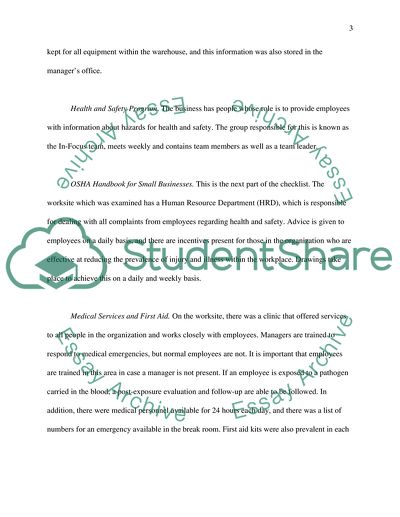Cite this document
(Occupational Safety and Health Administration Case Study, n.d.)
Occupational Safety and Health Administration Case Study. Retrieved from https://studentshare.org/human-resources/1602266-safety-inspection-report
Occupational Safety and Health Administration Case Study. Retrieved from https://studentshare.org/human-resources/1602266-safety-inspection-report
(Occupational Safety and Health Administration Case Study)
Occupational Safety and Health Administration Case Study. https://studentshare.org/human-resources/1602266-safety-inspection-report.
Occupational Safety and Health Administration Case Study. https://studentshare.org/human-resources/1602266-safety-inspection-report.
“Occupational Safety and Health Administration Case Study”, n.d. https://studentshare.org/human-resources/1602266-safety-inspection-report.


